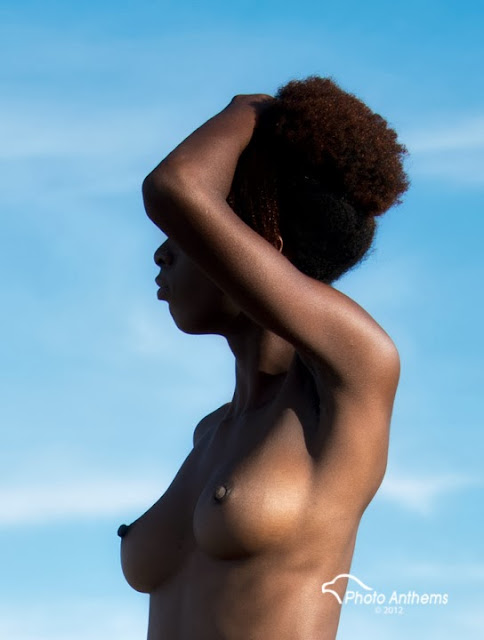 |
| Anonymous Art Model, © 2012 Terrell Neasley |
“Diversity may be the hardest thing for a society to live with, and perhaps the most dangerous thing for a society to be without. ”
To my knowledge, this is the first time I've come to address this topic on this blog. I've attempted to keep this blog mainly about photo-related issues, concerns, happenings and personal stories on my escapades. Conversely, I've avoided controversial topics and leave it to the others to debate those issues. There are certainly enough who do this. I've spent a good chunk of my life being an advocate of bringing to light the plight of African-Americans and the challenges we face on having an equal footing on this planet. I've always tried to be an ambassador for people of color and minorities in general, regardless of color. I have frequently found myself in positions where I have been the sole minority on a team, department, platoon, class, or group. In those situations I've wanted to not only represent myself in a way as to demonstrate that my Mama taught me manners, but also to fulfill that ambassador role for minorities to people that might not otherwise be able to relate. It was even one of my secondary duties in the military as I was trained and certified to teach and be the
Equal Opportunity Representative for soldiers in my company or battalion and adviser for my commanders.
Photography is another area that I find myself in a similar light. In my undergrad years, I was the only black male student in the Finance department. My graduate time was much the same. Today in photography, I certainly notice the difference in the minority representation in the field that I so love. I've talked about it amongst peers on a few occasions. I've discussed it more often with black peers and we might often joke at the predicament we find ourselves in.
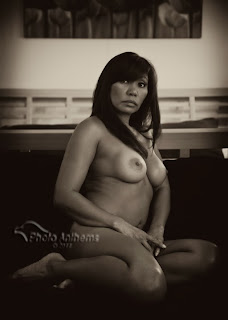 |
| Art Model, VikiVegas ©2011 Terrell Neasley |
In the military, I had a battalion commander who asked me why there was such a shortage of black
Army Rangers, not only in the battalion, but also in the division. I brought this fact to his attention when he helped me get past my own company commander's attempts to place challenges in my way to stall my admittance into
Ranger School. Everybody else who wanted to attend Ranger school got automatic blessings to attend simply based on their courage to subject themselves to such a strenuous tasking. Me? I had to prove I was worthy, through a series of tests and evaluations. When my Battalion commander, who I had once worked for, caught wind of this, he made an immediate phone call and I was put in the very next class for the Division Pre-Ranger course. I was one of the 14 who passed that two-week course out of the 64 who started. I was subsequently slotted into the next Army Ranger School class from my division. I graduated as one of two black Rangers in a class of 94. It was the most physically challenging thing I've done in my life. I reported back to my battalion commander as to what I found out regarding why there were so few black Rangers.
So why are there so few black photographers? Its definitely a challenge to try to ascertain exactly why this is. Ranger school and being an Army Ranger was still a finite universe in which I was able to interview people and pull the statistics that allowed me to extrapolate interesting points to draw conclusions based on empirical data. Photography is way too broad a field to use the same methodology. So how do you find out why this is?
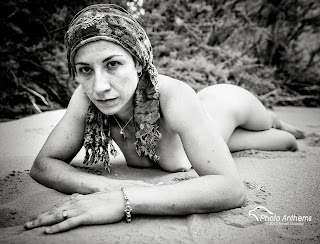 |
| Art Model, Leslie ©2013 Terrell Neasley |
I've been involved with many photographers in Las Vegas since I've been here. I had my own group, the Las Vegas Art Model's Group that helped photographers work with models and advance the art nude genre. Concurrently, I helped run the Las Vegas Photographic Society with my buddy
Garret Winslow. Every one of our monthly meetings I spoke in front of the group and made myself available for advice and consult to photographers who took advantage of that fact often, both during and between meet-ups. During this time, I've met few black photogs and even FEWER who were on the professional level.
Allen Murabayashi, just did a blog post on the Photoshelter Blog site, "
Photography’s Old White Guy Problem". In it, he gives thumbnail images of the major photographers who train us from
Canon's Explorers of Light,
Nikon's Ambassadors, and
X-Rite's Colorati. The same goes for some of the major photo conventions such as
WPPI speakers and
Photoshop World instructors, which I attend on a regular basis. I see two black guys on a regular basis, Terry White and Matthew Jordan Smith. I invite you to take a look at that blog post.
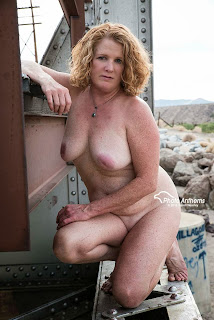 |
| Art Model, SuzN ©2013 Terrell Neasley |
And let me also add another point that Murabayashi may have missed. "Old White Guy" has given way to "Young White Lady" over the years. The percentage of professional photographers who are women has greatly increased, along with couple-based photography. Laura Matthews also discussed this on
Photofocus as a guest contributor earlier this year. So this is at least one step in the right direction. In many fields, such as maybe journalism, this trend was reversed for a long time. The field of journalism began to embrace more diversity, but the female representation was still yet to come. And this is just speculation on my part, but in photography more young and attractive female photographers have been selected to hit the circuit for training conventions. First selection or choice consideration for gigs, promotion, advancement and recognition doesn't seem to be as equally distributed among the black and minority photographers. I can't pull up any stats since gov't sites are currently shut down, but Lee Morris at FStoppers has stated this very well in his blog post, "
Photography: Is It Still A Man’s World?:
"...However, the actual numbers state that 42.8% of all professional photographers are female. Not so bad, right? But the report goes on to clarify something I’d already suspected: While almost 60% of professional photographers are men, 60% of photographers under 35 are women. The majority of veteran, successful photographers are, in fact, men."
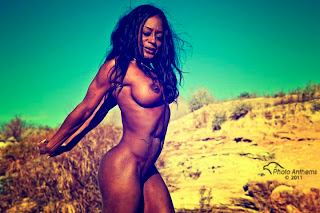 |
| Art Model, Dominique ©2011 Terrell Neasley |
So why do we care? Why should anyone give a dam? Its been like this for years. Its the status quo. Who gives a shit. I'll give you two reasons why this oversight is significant and should be more closely monitored. First, show me one program, business, project, or concept that hasn't benefited from diversity. I'll shut the hell up right now, if you can point to something that was irreparably damaged because it embraced diversity. Second. If you're a photog of any nationality, YOU WANT me to have more opportunities in photo. The short-sighted and stupid will look at me as taking a job that you could have otherwise acquired if I had not been given the opportunity. That's just asinine and ignorant. But instead, take a look at Tiger Woods and golf. The presence of a Tiger Woods on a course greatly increased the purses of everybody who participated. Why? Because the value of the sport increased. Minorities represent a huge percentage of the population in the US. Money that would otherwise not be streaming into something else began to flow into golf because minorities began to participate with viewership and interest on the course. There was a demand increase in Golf and such can be the case for photography.
I'm not saying I'm on the Tiger Woods scale of photo, but hear me out. Bringing in a different perspective will only enhance the quality of photo. And placing more people of color in the visible forefront encourages more minority kids, amateurs, and pro to step up their game. I can assure you...it might not make a difference to some people, but when you see somebody esteemed who looks like you, who can relate to you, and who has a sincere empathy on where you come from, its way more encouraging than listening to another white guy tell me, "Hey! You can do it". Think of it as inspiring black youths by giving them people they can inspire to be like. And by no means do I imply blacks and minorities should be "given" anything. But as I look at the faces of these Nikon Ambassadors and Canon Explorers of Light, am I supposed to infer that these photographers and trainers were the obvious choices because there were no minorities good enough to speak, train, or inspire fellow photographers as well as them?










































